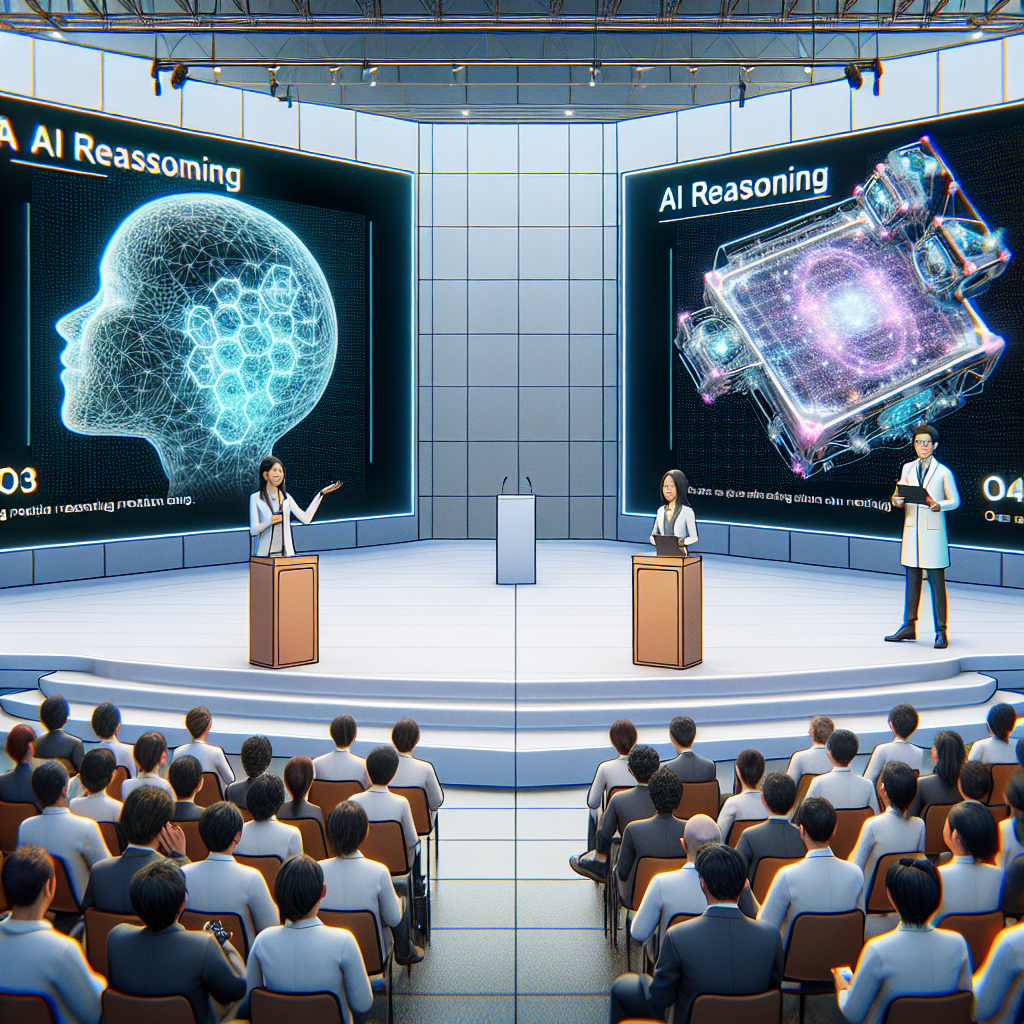OpenAI Introduces o3 and o4-mini: A New Era in AI Reasoning
OpenAI continues to push the boundaries of artificial intelligence with the debut of two new reasoning models: o3 and o4-mini. These models mark a major advancement in how AIs process and respond to information, by introducing a more thoughtful and analytical step in decision-making. Rather than firing off instant, pattern-based replies, o3 and o4-mini are designed to pause, reason, and consider before delivering a response—bringing us closer to truly intelligent systems.
What Makes o3 and o4-mini Unique?
Unlike previous language models that prioritize speed and prediction, o3 and o4-mini have been trained to emphasize cognitive reflection. This means they engage in a type of internal dialogue—processing the problem from different angles before determining the best answer.
- Deliberate Reasoning: These models don’t just rely on surface-level patterns; they aim to understand context and implications before forming a response.
- Compact Power: While o4-mini is a slimmer version, it still brings significant reasoning capabilities in a more computationally efficient package.
- Improved Accuracy: By slowing down to think, these models provide more accurate and nuanced answers, especially for complex or ambiguous queries.
A Shift From Language Prediction to Analytical Thinking
At the core of o3 and o4-mini’s design is a novel approach to AI interactions. Traditional models like GPT-3 and GPT-4 operate on autoregressive language prediction—basically, they guess what comes next based on statistical correlations.
However, the new models take a different path. Instead of rushing to predict, they pause to process. This approach mirrors human reasoning more closely and helps the AI navigate tasks that require logical steps or multiple variables.
Examples of Reasoning Improvements
Let’s explore how these newer models outperform their predecessors in key decision-making areas:
- Mathematical Problem Solving: Instead of immediately substituting values, the model works through algebraic equations step by step.
- Ethical or Philosophical Dilemmas: These models consider multiple perspectives, weigh outcomes, and attempt to offer more morally sound decisions.
- Strategic Planning: In tasks like generating a business plan or scheduling logistics, o3 and o4-mini can assess dependencies and logical sequences far more reliably.
Applications and Use Cases
The introduction of reasoning-focused models opens the door to a wealth of applications, particularly in fields where precision and context-awareness are vital.
1. Customer Support
With deeper reasoning, AI can now offer more empathetic, logically structured answers—especially helpful for technical troubleshooting or emotionally delicate scenarios.
2. Healthcare Informatics
Models that can evaluate patient data analytically could assist doctors by flagging irregularities, cross-checking symptoms, or simulating treatment scenarios.
3. Education Tech
These models can guide students through problem-solving techniques instead of just providing final answers, creating a more interactive learning experience.
4. Business Intelligence
AI can generate summaries, draw actionable insights from large data sets, and even simulate potential outcomes for decision-making processes.
Balancing Speed With Depth
One challenge OpenAI clearly took on with o3 and o4-mini is how to slow down enough to think—without sacrificing performance speed. By introducing o4-mini, a lightweight model ideal for real-time applications, OpenAI is showing that deeper reasoning doesn’t have to come at the expense of agility.
Looking Ahead: The Future of Thoughtful AI
The launch of o3 and o4-mini is more than a technical upgrade—it’s a philosophical shift toward AI that can reason, reflect, and revise. As AI becomes more integrated into daily life, having models that “think before they speak” will be crucial in making human-machine interactions safer, more productive, and more aligned with human values.
Implications for Developers and Creators
For developers, these models offer a framework for more robust applications. Whether it’s creating AI tutors, legal assistants, or personal strategists, the capabilities unlocked by reasoning models could significantly reduce error margins.
Integration Tips for Developers
- Use o3 for tasks requiring deep reasoning over a longer time horizon.
- Use o4-mini for embedded systems or low-latency tasks where faster, lighter inference matters.
- Leverage few-shot learning by showing examples of problems and explanations to prompt reasoning flows.
Conclusion
With o3 and o4-mini, OpenAI has raised the bar for what we can expect from artificial intelligence—not just in terms of performance, but in how carefully and thoughtfully an AI system can approach the world. These models represent an exciting step toward AI that learns how to think, not just what to say.
As AI continues to augment every facet of our digital and personal lives, the ability to bring thoughtful, reasoned analysis to bear will become an essential standard. OpenAI’s latest efforts suggest that this future is not just possible—it’s already here.



Leave a Reply